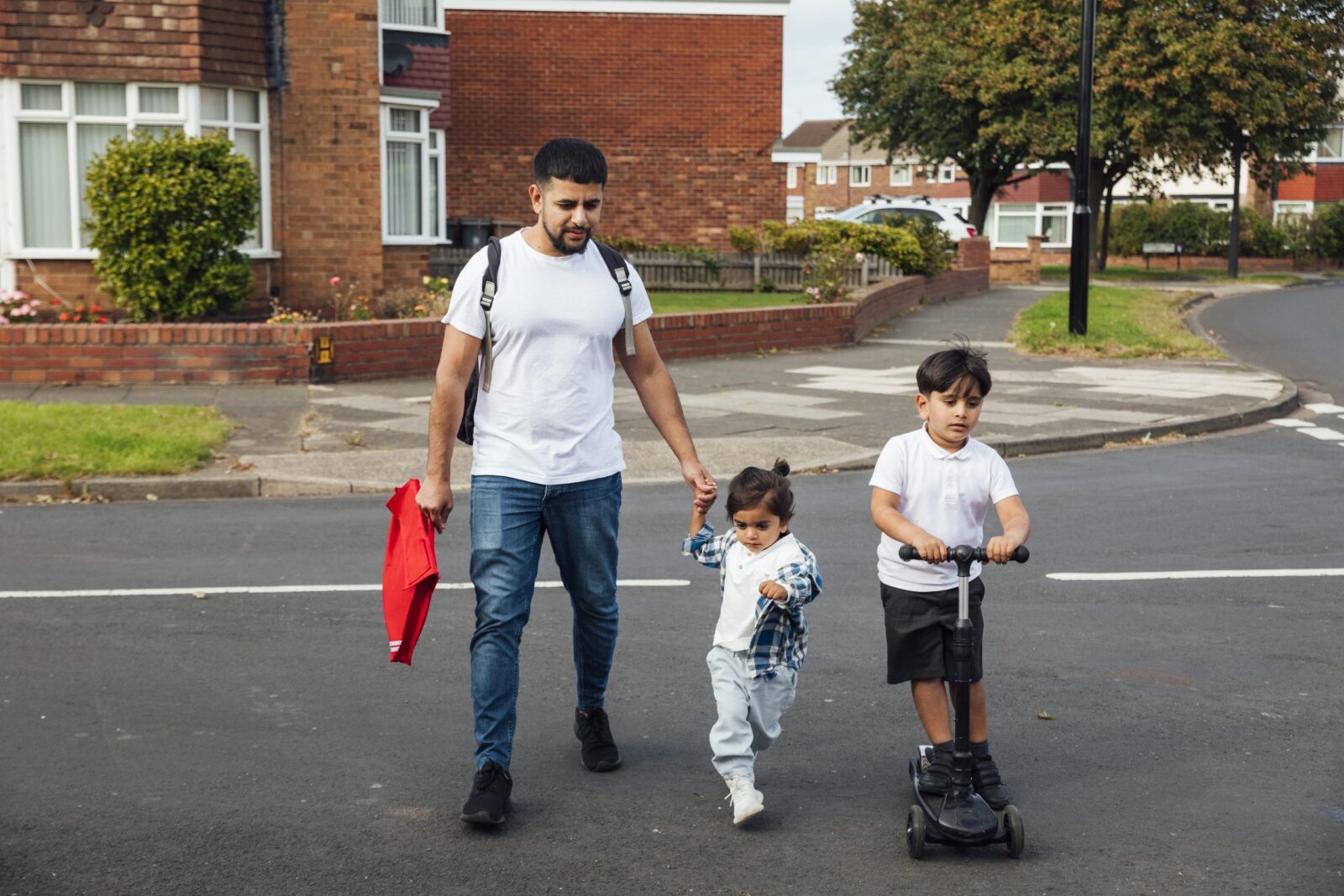Child Care and Pre-K are Strategic Economic Investments: Impact on Public Safety

The child care and preschool policies proposed in the Build Back Better Act have long-lasting, multi-generational economic benefits. This blog, which focuses on how investments in child care and preschool can decrease crime, create safer communities, and promote long-term cost savings, is the final blog in a series outlining key economic reasons why the U.S. must fully invest in early childhood education.
High-quality early learning programs prepare children for success in school and life. Beyond a foundation in social, emotional, and fine motor skills, what children learn and experience in their first few years has long-lasting effects. It is during the first five years of life that a child forms a million new neural connections each second that builds the foundation of their future behavior. As such, early childhood education is a cost-effective, beneficial investment to improve public safety.
Children who have the opportunity to learn through a developmentally appropriate curriculum at a young age have better social/emotional skills, are better equipped to express themselves, and less likely to be physically aggressive or violent. In fact, the benefits of high-quality early learning and care can last into adulthood, as children who attended high-quality preschool programs have lower rates of incarceration and substance abuse. The HighScope Perry preschool experiment showed that children who attended high-quality early learning programs had a 19% lower arrest rate than similar children who did not participate. In the same study, the children in the control group (i.e. those left out of the program) were five times more likely to have ongoing engagement with the criminal justice system—specifically, to have five or more arrests 22 years later.
Across the nation, arrests peak during the age span of 15-19 years old, so interventions focused on youth and teenagers, though well-intentioned, are often too late to prevent kids from being arrested and ensuing negative outcomes. Adolescents who are arrested before 12 years old are more likely to face repeated arrests and charges into early adulthood. Additionally, the data shows that youth who are convicted of certain offenses are much more likely to later face similar charges as adults. Early prevention of engagement with the criminal justice system is a well-studied and widely supported policy among researchers, criminal justice reform advocates, and law enforcement, and is broadly accepted as being far more efficient than the unsustainable and expensive budgets for incarceration and other law enforcement interventions.
Prioritizing Public Safety Mitigates Downstream Costs
In addition to the safety and community benefits of improving public safety, investing in early childhood education also has significant societal cost savings. Early investment mitigates expensive downstream costs, namely lower law enforcement, incarceration, and victim restitution costs. The Perry Preschool Project found that deterring engagement with the criminal justice system alone saves $171,473 per child after 40 years. A study conducted by Vanderbilt University estimates that investing in a young person at higher risk of being involved in the criminal justice system produces societal benefits between $1 and $1.3 million, by improving public safety as well as increasing employment and income.
Support from Law Enforcement
Law enforcement supports efforts to increase investment in early childhood education as an effective way to improve public safety. A survey conducted by George Mason University found that, out of various options, police chiefs gave “high quality early learning and care” the highest effectiveness rating as a crime prevention tool. Nearly 90% of police chiefs said that “America could greatly reduce crime by expanding quality child care programs.” Law enforcement agrees that early childhood education has significant effects on creating safer communities and saving taxpayer dollars. Both law enforcement and criminal justice advocates recognize that prevention is more cost-effective than remedial programs, therefore, the choice is simple: pay for high-quality early childhood education today or continue paying the associated costs for law enforcement, incarceration, and other expensive efforts for decades to come. The Build Back Better Act’s investments in child care and preschool are secure, cost-effective expenditures for the future that can stop the dangerous and expensive school-to-prison pipeline and create healthier, safer communities.
Subscribe to FFYF First Look
Every morning, FFYF reports on the latest child care & early learning news from across the country. Subscribe and take 5 minutes to know what's happening in early childhood education.



